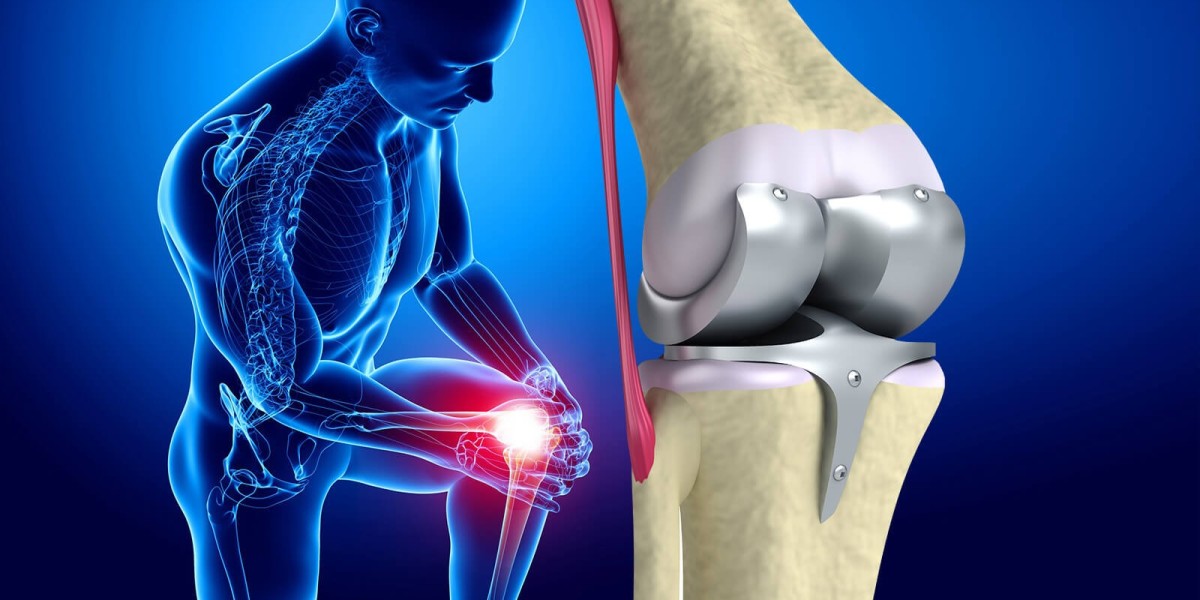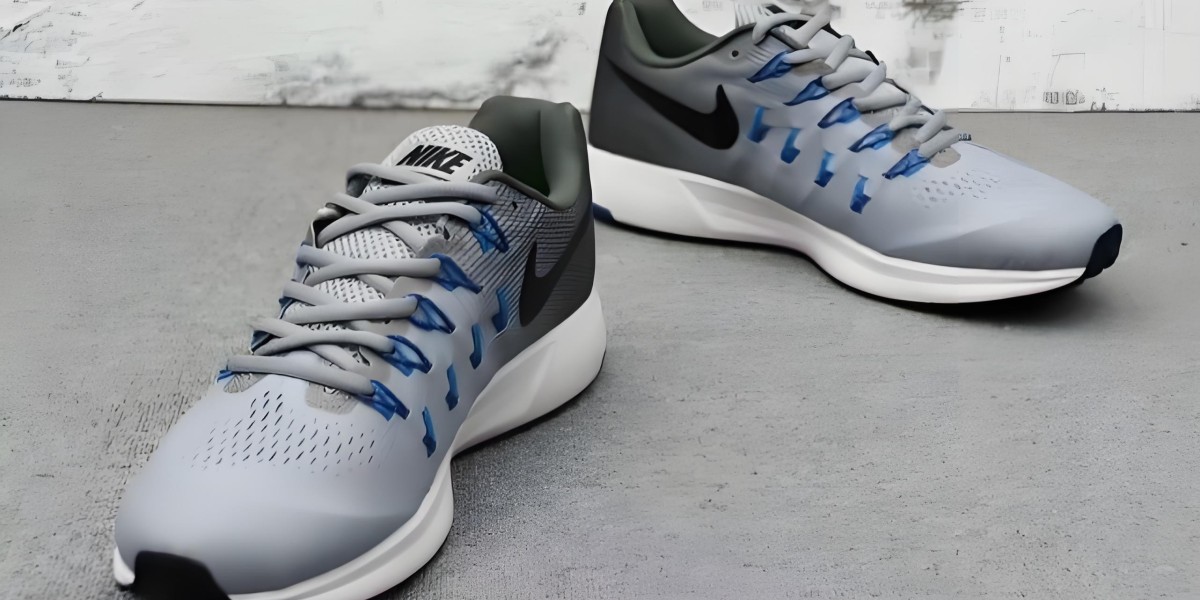Knee Replacement in Europe (2024): Minimally Invasive Techniques, Rehabilitation, and Success Rates
Knee replacement surgery is a common procedure in Europe to relieve chronic knee pain and improve mobility. With advancements in technology, minimally invasive techniques and effective rehabilitation programs are playing an increasingly important role. Here's a breakdown of these aspects of knee replacement in Europe:
Minimally Invasive Knee Replacement (MIS):
- Less Tissue Disruption: MIS techniques aim to achieve the same surgical outcome as traditional approaches but with smaller incisions and less disruption to surrounding muscles and tissues.
- Potential Benefits: Faster recovery, reduced pain, and shorter hospital stays are potential advantages of MIS knee replacement.
- Availability in Europe: Minimally invasive techniques are becoming more widespread in Europe, but not all hospitals offer them.
- Consult Your Surgeon: Discuss with your doctor if MIS is suitable for your specific case and available in your chosen hospital.
Rehabilitation after Knee Replacement in Europe:
- Crucial for Success: A dedicated rehabilitation program is essential for optimal recovery and regaining strength and mobility after knee replacement surgery.
- Rehabilitation Programs in Europe: Most European hospitals and orthopedic centers have established rehabilitation programs led by physiotherapists.
- Program Components: Exercises, strengthening routines, and pain management strategies are typically included in rehabilitation programs.
- Length of Rehabilitation: The duration of rehabilitation can vary depending on individual progress and the type of surgery performed. However, most programs in Europe typically last for several weeks to months.
Success Rates of Knee Replacement in Europe:
- High Success Rates: Knee replacement surgery in Europe boasts high success rates, generally exceeding 90%.
- Factors Affecting Success: Several factors influence success, including age, overall health, surgical technique, and adherence to rehabilitation protocols.
- Long-Term Outcomes: Modern knee replacements in Europe are designed to last for 15-20 years or even longer with proper care.
Important Considerations:
- Consult a Qualified Orthopedic Surgeon: Choosing an experienced surgeon familiar with minimally invasive techniques and with a good track record is crucial.
- Pre-operative Assessment: A thorough pre-operative assessment helps determine your suitability for knee replacement and plan the optimal surgical approach.
- Realistic Expectations: Knee replacement is a major surgery, and recovery takes time and dedication. Realistic expectations about the process are important.
Finding More Information:
- National Orthopaedic Associations: European countries often have national orthopaedic associations with patient information sections on knee replacement.
- Reputable Hospitals and Clinics: Look for websites of reputable hospitals and clinics in Europe that specialize in knee replacement surgery. These websites might offer details about their surgical approaches and rehabilitation programs.
By understanding minimally invasive techniques, rehabilitation options, and success rates, you can make informed decisions about knee replacement surgery in Europe. Remember, consulting a qualified orthopedic surgeon is the first step towards a successful outcome.








